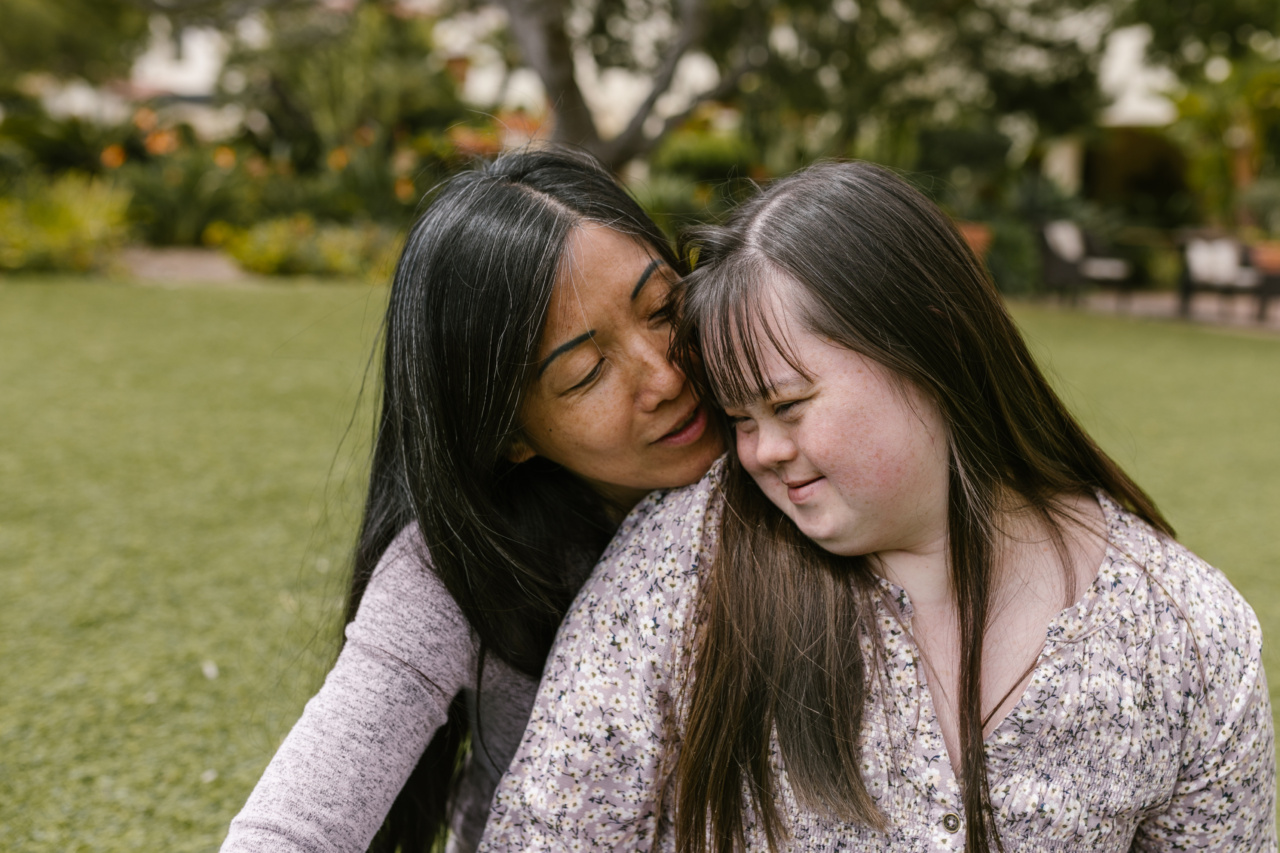Autism is a complex neurodevelopmental disorder that affects individuals differently. It is characterized by challenges in social interaction, communication skills, and repetitive behaviors.
Diagnosing Autism Spectrum Disorder (ASD) can be a complex process that requires a comprehensive evaluation by medical professionals. However, there is a simple yet effective test known as the “Hug Test” that can serve as a preliminary assessment tool for identifying potential signs of autism.
What is the “Hug Test”?
The “Hug Test” is a screening tool used to assess certain behavioral traits associated with autism. It involves observing how an individual, particularly a child, reacts to physical contact such as a hug.
The test focuses on evaluating two aspects: sensory aversion and social reciprocity.
Sensory Aversion
One of the common characteristics of autism is sensory sensitivity or aversion, where individuals may experience heightened sensitivity to certain sensory stimuli such as touch, sound, or light.
During the “Hug Test,” one can assess if the person being tested shows signs of sensory aversion by evaluating their response to physical touch. Individuals with autism may exhibit discomfort, anxiety, or resistance when hugged due to their sensory sensitivities.
While not all individuals with autism have sensory aversions, this test can provide valuable insights into a person’s sensory processing and response to touch, which is a key aspect of the disorder.
Social Reciprocity
Social reciprocity refers to the ability to engage in back-and-forth social interactions, such as taking turns, sharing attention, and responding to social cues.
This aspect is crucial in assessing autism as individuals with ASD often struggle with social communication and interaction.
When conducting the “Hug Test,” it is important to observe if the person being tested demonstrates appropriate social reciprocity.
This includes reciprocating the hug by willingly initiating or accepting physical contact, engaging in eye contact, and responding appropriately to the person giving the hug. Individuals with autism may exhibit challenges in these areas, such as avoiding eye contact, showing a lack of interest, or not responding or reciprocating the hug.
How to Conduct the “Hug Test”
While the “Hug Test” is not a definitive diagnostic tool, it can provide useful insights into a potential autism diagnosis. Here are steps to conduct the test:.
- Find a comfortable and safe environment: Ensure the setting is familiar and free from distractions, allowing the individual to feel at ease.
- Explain the purpose of the test: Clearly communicate to the person that you would like to give them a hug and observe their response. Obtain their consent if possible, especially if they are capable of understanding.
- Initiate the hug: Gently reach out for a hug, keeping in mind their comfort level. Use a calm and reassuring tone to signal your intent.
- Observe the response: Pay close attention to how the individual reacts to the hug. Look for signs of sensory aversion, such as pulling away, resisting, or showing signs of distress. Additionally, assess their ability to reciprocate the hug and engage in appropriate social interaction.
- Document and seek professional evaluation: Record your observations and share them with a medical professional. They will further assess the individual through comprehensive evaluations and diagnostic criteria to confirm or rule out an autism diagnosis.
The Importance of Professional Evaluation
While the “Hug Test” can provide valuable insights, it is essential to emphasize that professional evaluation is necessary to obtain an accurate diagnosis.
Autism is a complex disorder with various characteristics that can vary greatly among individuals.
Medical professionals, such as pediatricians, psychologists, or developmental specialists, conduct thorough assessments using standardized diagnostic tools, including the Autism Diagnostic Observation Schedule (ADOS) and the Autism Diagnostic Interview-Revised (ADI-R). These evaluations consider a range of factors, such as behavioral patterns, developmental history, language skills, and social interactions, to provide a comprehensive diagnosis.
It is important not to rely solely on the results of the “Hug Test” for a diagnosis but to use it as an initial screening tool that can prompt further evaluation by experts.
Early Detection and Intervention
Identifying autism early in life is crucial for timely intervention and support. The “Hug Test” can serve as an early indicator of potential autism-related traits, leading to further examination and evaluation by medical professionals.
When autism is diagnosed early, intervention strategies can be implemented to improve overall outcomes.
Early intervention programs focus on various areas, including language development, social skills training, behavioral therapy, and occupational therapy, tailored to address individual needs.
By using tools like the “Hug Test” as a preliminary assessment, parents, caregivers, and medical professionals can work together to ensure individuals with autism receive appropriate intervention and support as early as possible.
Conclusion
The “Hug Test” can serve as a valuable preliminary assessment tool for identifying potential signs of autism.
By observing a person’s reaction to physical contact, specifically hugging, one can evaluate sensory aversion and social reciprocity, which are key aspects of autism. However, it is essential to remember that the “Hug Test” should not be the sole basis for a diagnosis.
Professional evaluation by medical experts is necessary for an accurate diagnosis and comprehensive evaluation using standardized diagnostic tools. Early detection and intervention are crucial for individuals with autism, and the “Hug Test” can play a role in initiating further evaluation and support.





























